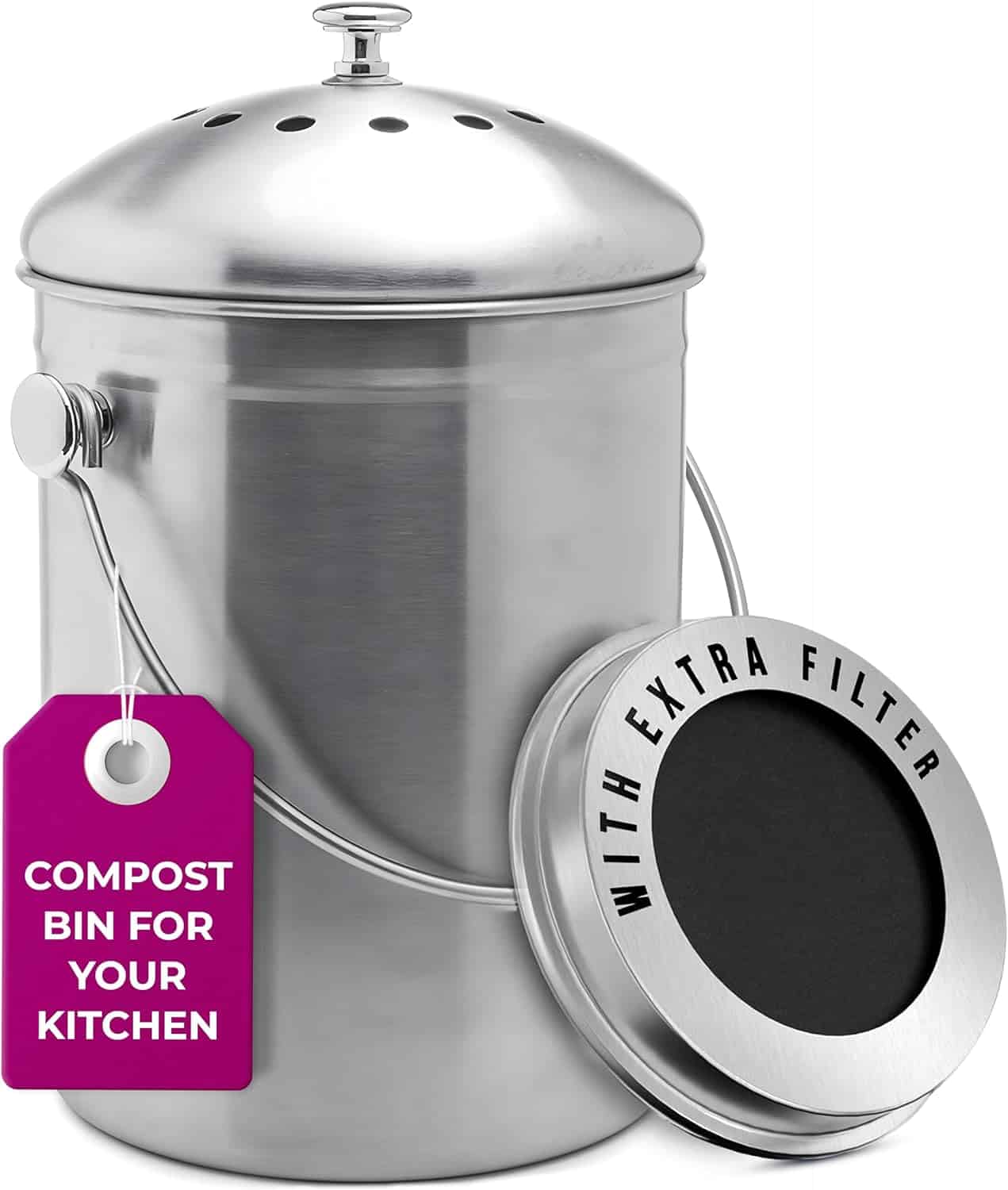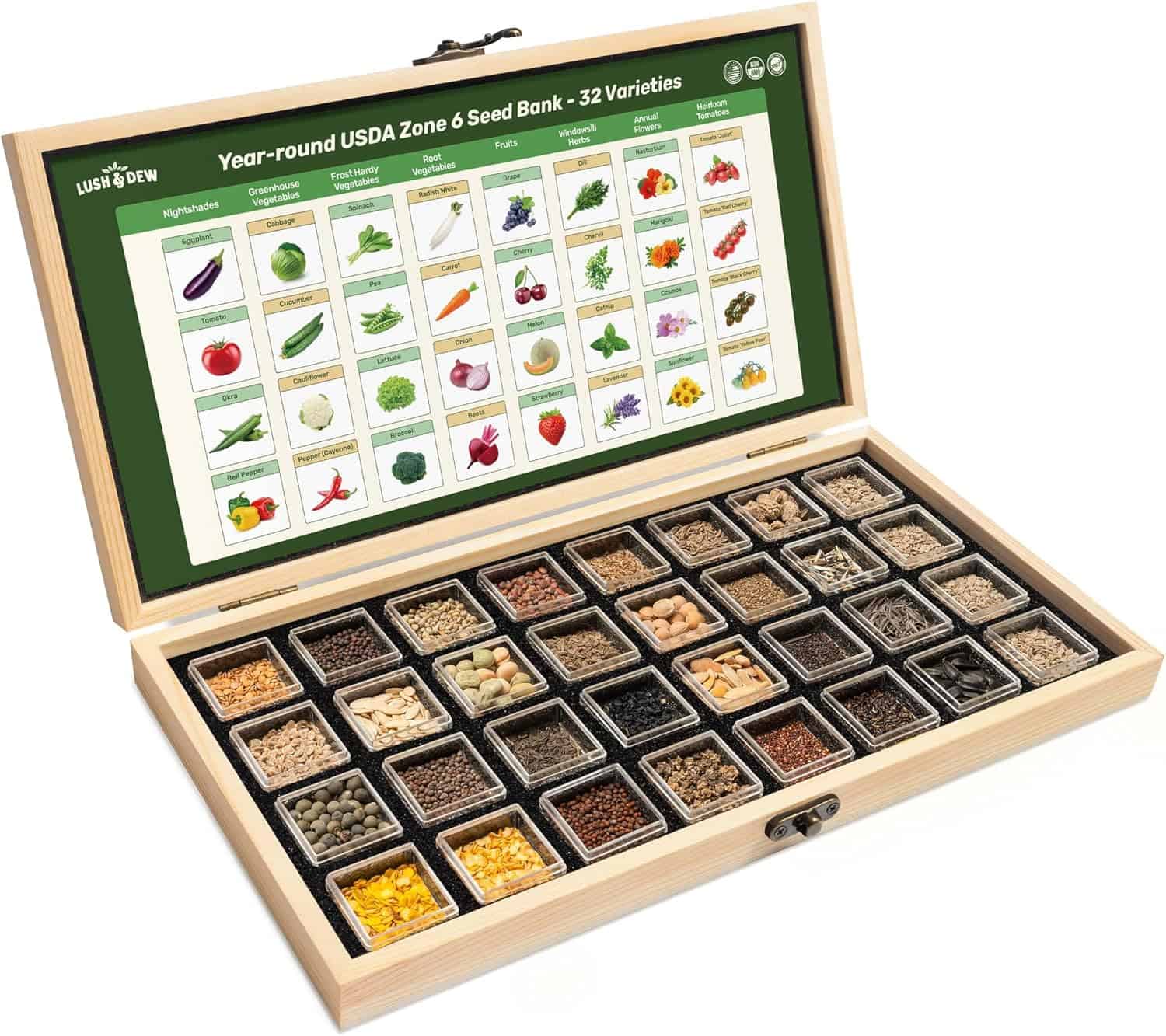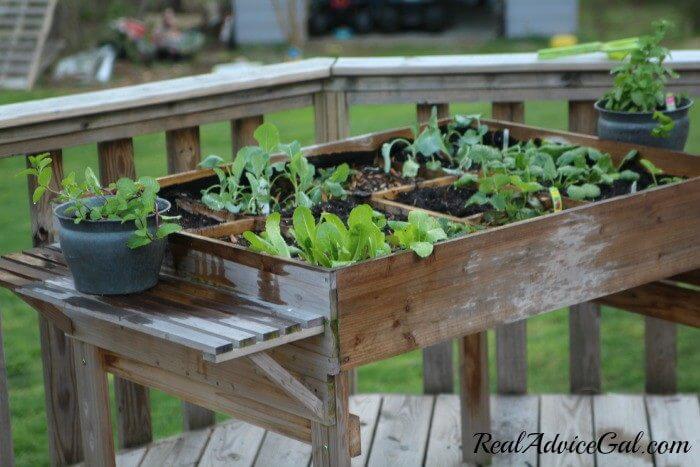Spring Gardening Tips
As winter’s chill fades and the first delicate buds burst through the thawing earth, spring emerges with a promise of renewal. It’s the season where gardens awaken in a riot of color, fragrances, and life. But for plants to truly thrive during this pivotal time, a thoughtful and strategic approach to gardening is essential. Spring is not just about planting flowers; it’s an intricate dance of timing, soil preparation, and nurturing that sets the stage for a flourishing garden. Whether you’re a seasoned gardener or a budding green thumb, these expert-backed tips will help your plants flourish and bring the magic of spring to life in your backyard.
Spring Gardening Tips

Prepare the Soil for a Healthy Foundation
The foundation of any thriving garden lies beneath the surface—in the soil. As spring begins, it’s crucial to assess and improve the soil’s health. Start by clearing away winter debris such as fallen leaves, twigs, and dead plants. This not only tidies up the garden but also prevents pests and diseases from lingering.
Next, test your soil’s pH and nutrient levels using a home testing kit. Most garden plants thrive in a slightly acidic to neutral pH range (6.0 to 7.0), but specific plants may require adjustments.
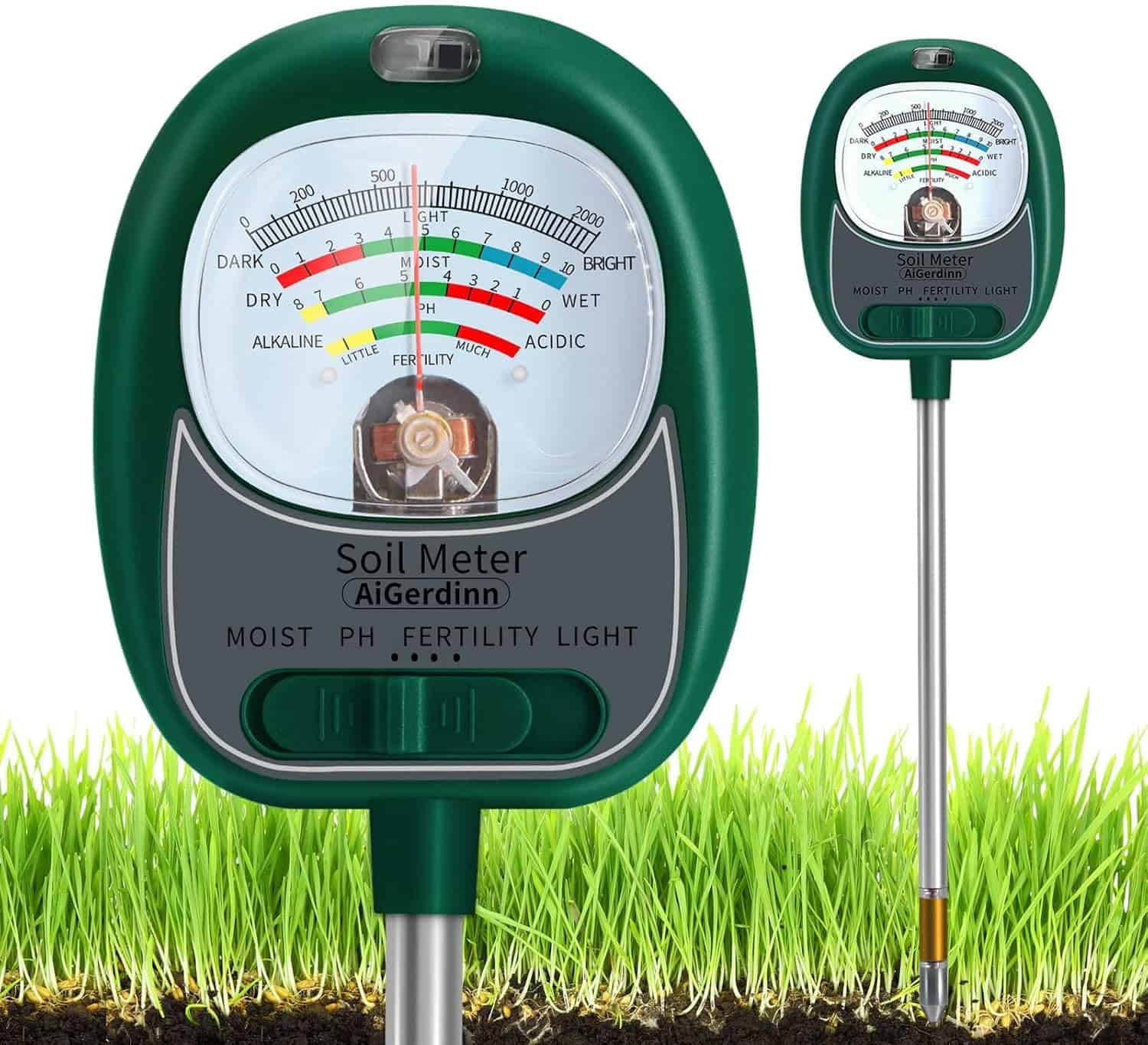
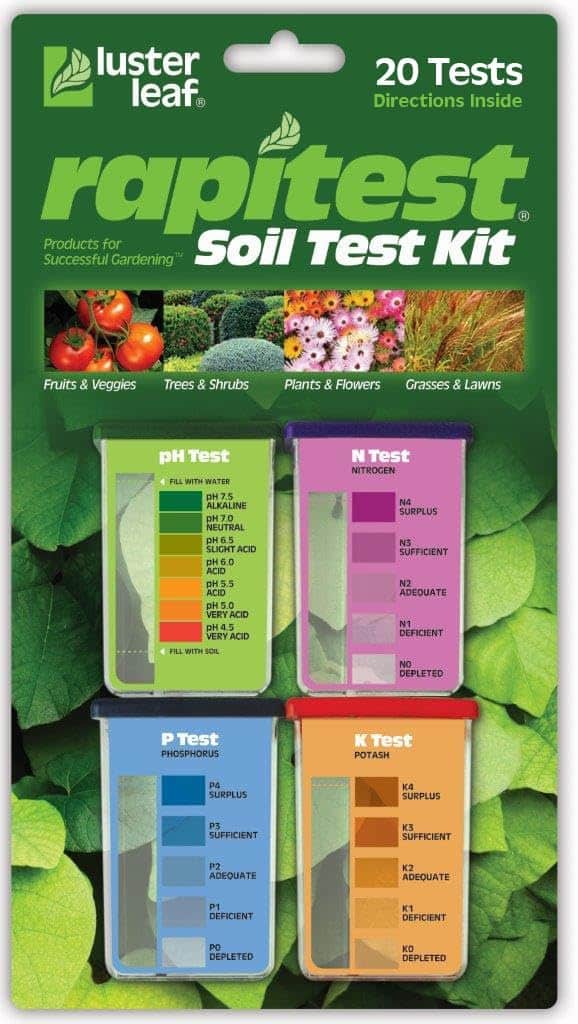
Rapitest Soil Test Kit for Gardens, Vegetables, Flowers and Lawns
Enhance the soil by incorporating organic matter like compost, aged manure, or leaf mold. These materials improve soil structure, boost fertility, and support beneficial microbial life. Loosen compacted soil with a garden fork to encourage root penetration and better drainage. Healthy soil is like a gourmet meal for your plants—providing the nutrients they need to grow strong and vibrant.
Countertop Compost Bin Kitchen
Choose the Right Plants for the Season
Spring is a time of abundant choices, but selecting the right plants for your local climate ensures lasting success. Cool-season crops like lettuce, spinach, and peas thrive in the early, cooler days of spring. Meanwhile, warm-season vegetables such as tomatoes and peppers should wait until the risk of frost has passed. Pay attention to the USDA Plant Hardiness Zone to determine which plants will best suit your region’s temperature patterns.
For flower enthusiasts, spring is ideal for planting perennials like lavender and coneflowers, which return year after year. Annuals like petunias and marigolds offer bursts of seasonal color but require replanting. Native plants are particularly advantageous as they are adapted to local conditions, require less maintenance, and provide crucial habitat for pollinators like bees and butterflies.
Lush&Dew Year-Round USDA Zone 6 Seed Bank
Master the Art of Watering
Watering may seem simple, but the right technique can mean the difference between thriving plants and waterlogged roots. In spring, the weather can be unpredictable, so it’s essential to monitor soil moisture. Stick your finger into the soil; if it feels dry about an inch below the surface, it’s time to water. Early morning is the best time to water, as it reduces evaporation and allows plants to absorb moisture before the heat of the day.
Deep watering encourages roots to grow downward, making plants more resilient during summer’s heat. Avoid shallow, frequent watering, which promotes weak roots and increases susceptibility to drought. Consider installing a drip irrigation system for consistent, efficient watering that targets the root zone without wasting water.
Prune and Mulch for Optimal Growth
Pruning is an essential spring task that encourages healthy growth and enhances plant structure. Remove dead or damaged branches from shrubs and trees to prevent disease. For flowering plants, prune early-blooming varieties right after they flower and late-bloomers before new growth appears. Proper pruning shapes plants, improves air circulation, and promotes vibrant blooms.
After pruning, apply a layer of mulch to conserve moisture, suppress weeds, and regulate soil temperature. Organic mulches like shredded bark, straw, or pine needles decompose over time, enriching the soil. Aim for a two-to-three-inch layer around plants, keeping mulch away from stems to prevent rot.
Attract Beneficial Insects and Pollinators
A thriving spring garden is more than just plants—it’s an ecosystem. Attracting beneficial insects like ladybugs and lacewings helps control pests naturally. Plant a variety of nectar-rich flowers to invite pollinators, including bees, butterflies, and hummingbirds. Species like lavender, coneflowers, and salvia are especially appealing to these vital creatures.
Avoid using broad-spectrum pesticides, which can harm beneficial insects and disrupt the natural balance. Instead, opt for integrated pest management practices such as hand-picking pests or using insecticidal soaps. Supporting these small allies not only ensures better pollination but also contributes to the overall health and biodiversity of your garden.
Embrace Continuous Care and Observation
Gardening is an ongoing relationship with the natural world. Regularly walk through your garden to observe changes, spot potential issues, and revel in nature’s beauty. Keep an eye out for signs of nutrient deficiencies, pests, or disease, and address them promptly. Adjust feeding schedules with balanced fertilizers as plants transition from sprouting to flowering.
Consistency is key. A little daily attention—whether it’s deadheading spent blooms, checking soil moisture, or pulling weeds—can prevent small problems from becoming major setbacks. With patience and care, your spring garden will reward you with an abundance of beauty, fragrance, and life.
As the days grow longer and warmer, your garden becomes a living testament to the magic of spring. By nurturing the soil, selecting the right plants, and embracing mindful care, you create a sanctuary where nature thrives. Let each bloom and sprout be a reminder that with thoughtful tending, life flourishes in extraordinary ways.
Season Planting Guide
Each season brings its own rhythm to the natural world, transforming the landscape and offering a unique opportunity for gardeners to cultivate beauty and bounty. Whether you dream of vibrant flower beds or a kitchen brimming with homegrown vegetables, understanding the right plants to sow and nurture throughout the year is essential. Planting with the seasons not only ensures better yields and more resilient gardens but also deepens our connection with nature’s ever-changing cycles. From the fresh promise of spring to the quiet rest of winter, here’s a guide to the best plants to grow in every season.
Spring: A Season of Renewal and Growth
As the earth warms and the days grow longer, spring is a time of awakening for gardens. This season is ideal for planting crops and flowers that thrive in cool yet gradually warming temperatures.
For vegetable gardeners, spring is the perfect time to sow leafy greens like spinach, lettuce, and kale. These hardy crops flourish in the mild days of early spring and can be harvested before summer heat sets in. Root vegetables such as carrots, radishes, and beets also perform well during this season, offering crisp, fresh flavors to springtime meals.
Flower enthusiasts can embrace the season by planting perennials like peonies, daisies, and lilies, which establish roots before blooming in later months. Annuals such as pansies and petunias provide instant bursts of color and can be used to liven up garden beds and containers. Don’t forget to add flowering herbs like lavender and chives to attract pollinators and enhance your culinary garden.
Summer: A Flourish of Abundance and Color
Summer’s warmth and long daylight hours create the perfect environment for plants that love the heat and bask in the sun. This is the season of rapid growth and abundant harvests, ideal for sun-loving crops and show-stopping blooms.
Warm-season vegetables like tomatoes, peppers, cucumbers, and beans thrive when planted in late spring or early summer. These plants require consistent watering and benefit from nutrient-rich soil to fuel their vigorous growth. Squash and melons also flourish during summer, rewarding patient gardeners with sweet, juicy fruits.
Summer flowers add bold, brilliant hues to gardens and landscapes. Sunflowers, zinnias, and marigolds bloom profusely under the sun, while heat-tolerant perennials like black-eyed Susans and coneflowers provide lasting beauty. Consider planting aromatic herbs like basil and rosemary, which not only thrive in the heat but also elevate summer dishes with fresh, vibrant flavors.
Autumn: A Time for Transition and Preparation
As temperatures cool and daylight wanes, autumn is a season of transformation that offers a final opportunity to sow and prepare for the colder months ahead. The crisp air and rich soil create ideal conditions for specific crops and flowers that mature quickly.
Cold-hardy vegetables such as broccoli, cauliflower, and Brussels sprouts can be planted in late summer for autumn harvests. Root crops like turnips and parsnips thrive in the cooler soil, developing sweet, earthy flavors as temperatures drop. Leafy greens, including arugula and mustard greens, provide quick yields and are perfect for autumn salads.
In the flower garden, autumn is the time to plant spring-blooming bulbs like tulips, daffodils, and crocuses. These bulbs require a cold period to bloom successfully when spring returns. Mums and asters bring a final flourish of color to the season, making garden beds and containers pop with warm, autumnal hues. For an eco-friendly touch, sow cover crops like clover or winter rye to protect and enrich your soil during the dormant months.
Winter: Rest, Reflection, and Quiet Growth
Although winter signals a time of rest for many gardens, it also presents opportunities for cold-tolerant plants and preparation for the seasons ahead. With the right choices, winter gardens can offer beauty and fresh produce despite the chill.
Cool-season crops like garlic and onions are planted in late autumn and overwinter in the ground, emerging in spring with robust growth. In milder climates, hardy greens like kale, Swiss chard, and spinach continue to produce throughout the winter months with minimal protection. For indoor gardening enthusiasts, herbs such as parsley, thyme, and chives thrive on sunny windowsills, offering fresh flavors year-round.
Winter-blooming flowers bring unexpected joy to frosty landscapes. Hellebores (commonly known as Christmas roses) and winter jasmine bloom despite the cold, adding subtle beauty to otherwise barren gardens. Evergreen shrubs like holly and winterberry provide vibrant foliage and festive berries, creating interest even when snow blankets the ground.
By embracing the unique opportunities of each season, gardeners can cultivate a landscape that thrives year-round. Whether you’re harvesting fresh vegetables, enjoying seasonal blooms, or preparing the soil for future growth, the rhythm of seasonal planting invites you to engage with nature in a meaningful and rewarding way. Let every season inspire you to dig deeper, plant with purpose, and watch as your garden becomes a living testament to the beauty of the natural world.

Teaching Kids About Gardening with a Plant Journal


Gardening Tips – Bug Repelling Plants

Cook, Baker, Phototaker, Fitness Mover and Shaker, Cupcake Tester, Deal Maker, Adventurous Undertaker, Do Good “Deeder”, Teacher, Mom, Wife, Patriot for Life & Giver of Good Advice – RealAdviceGal






